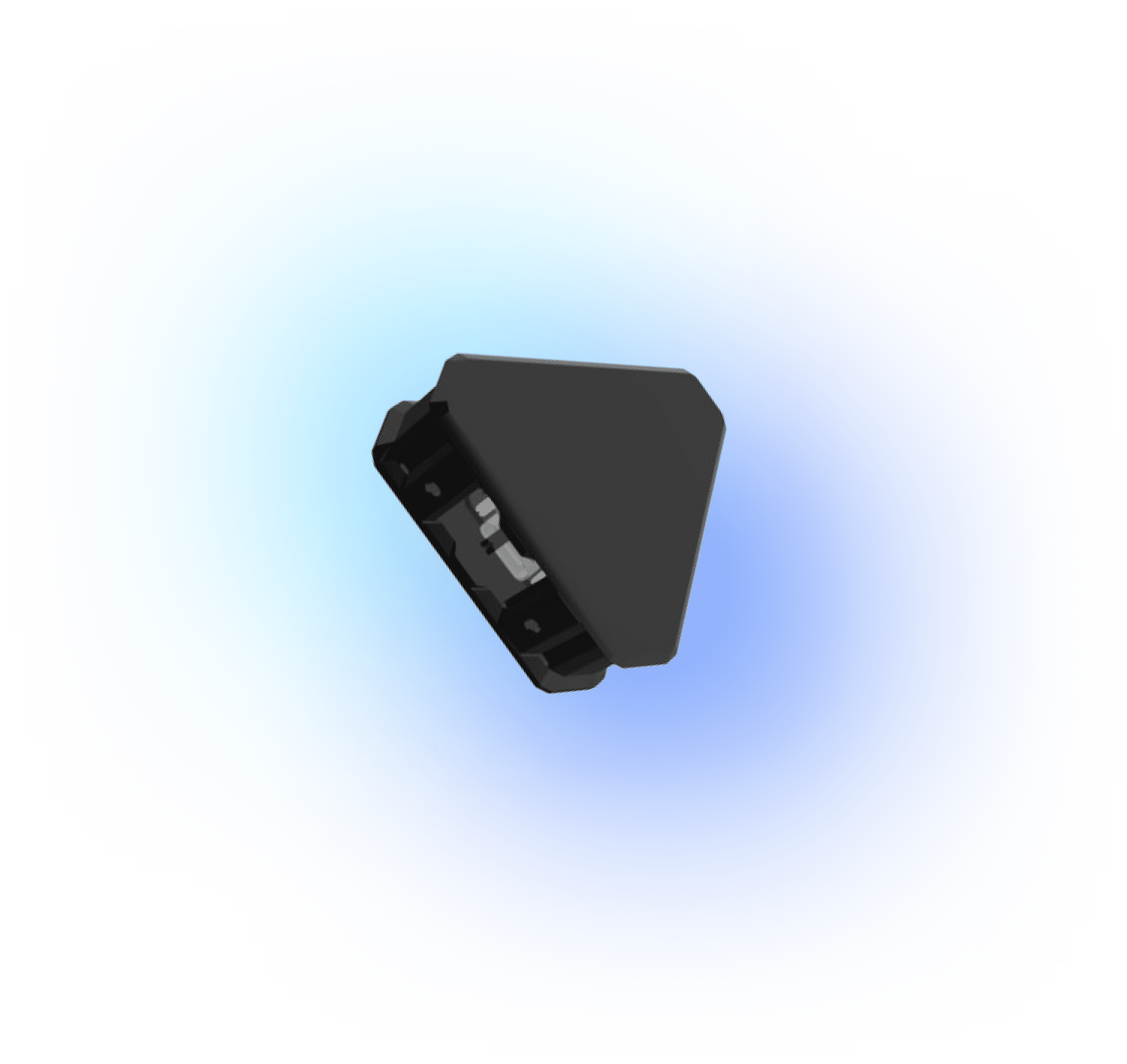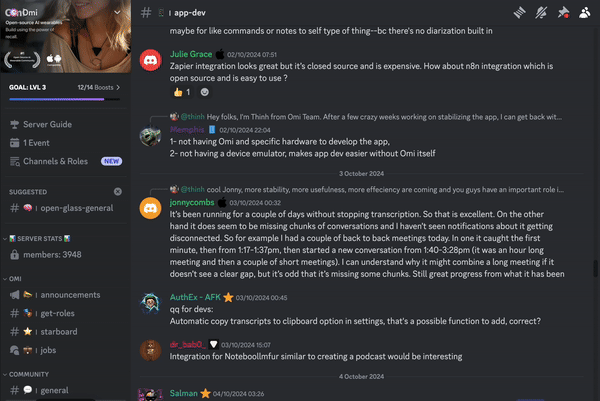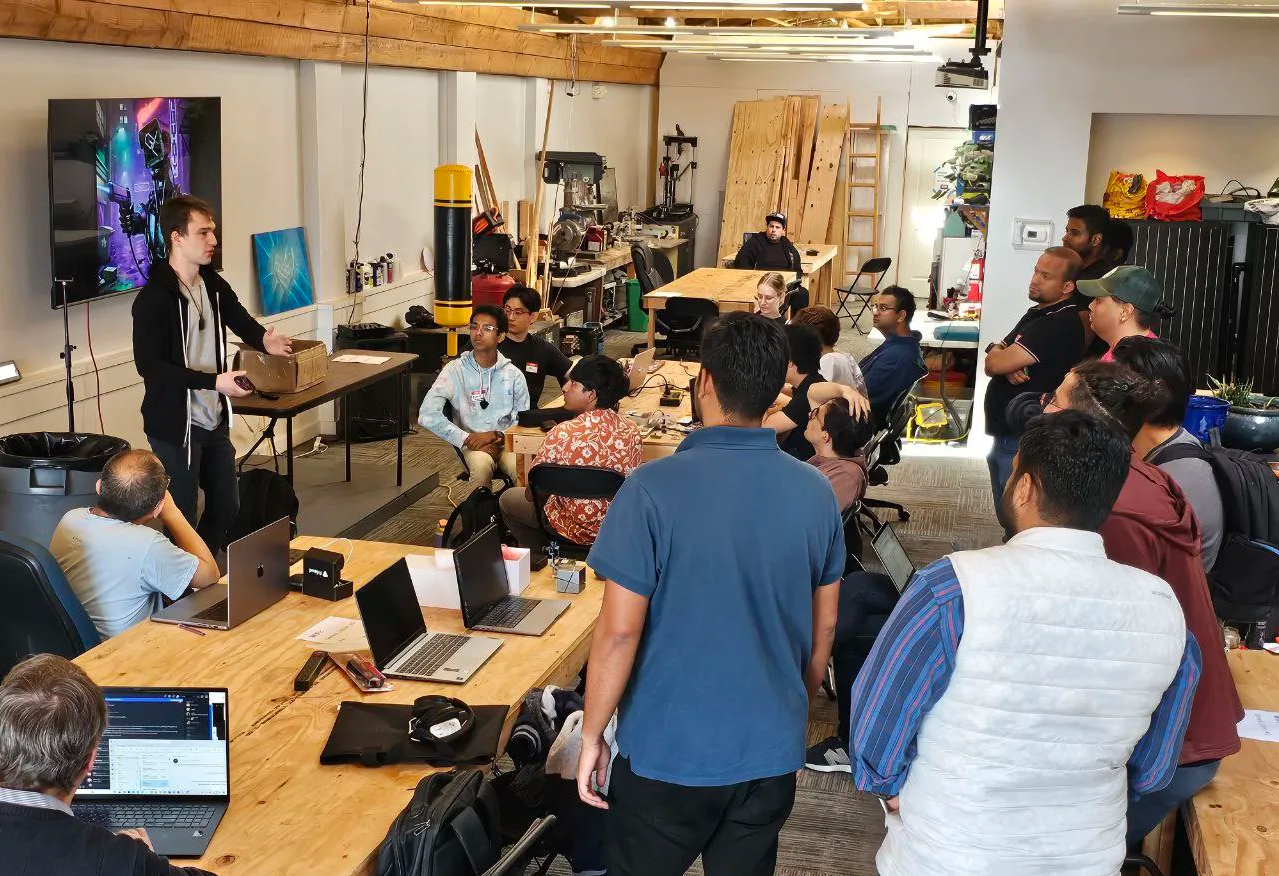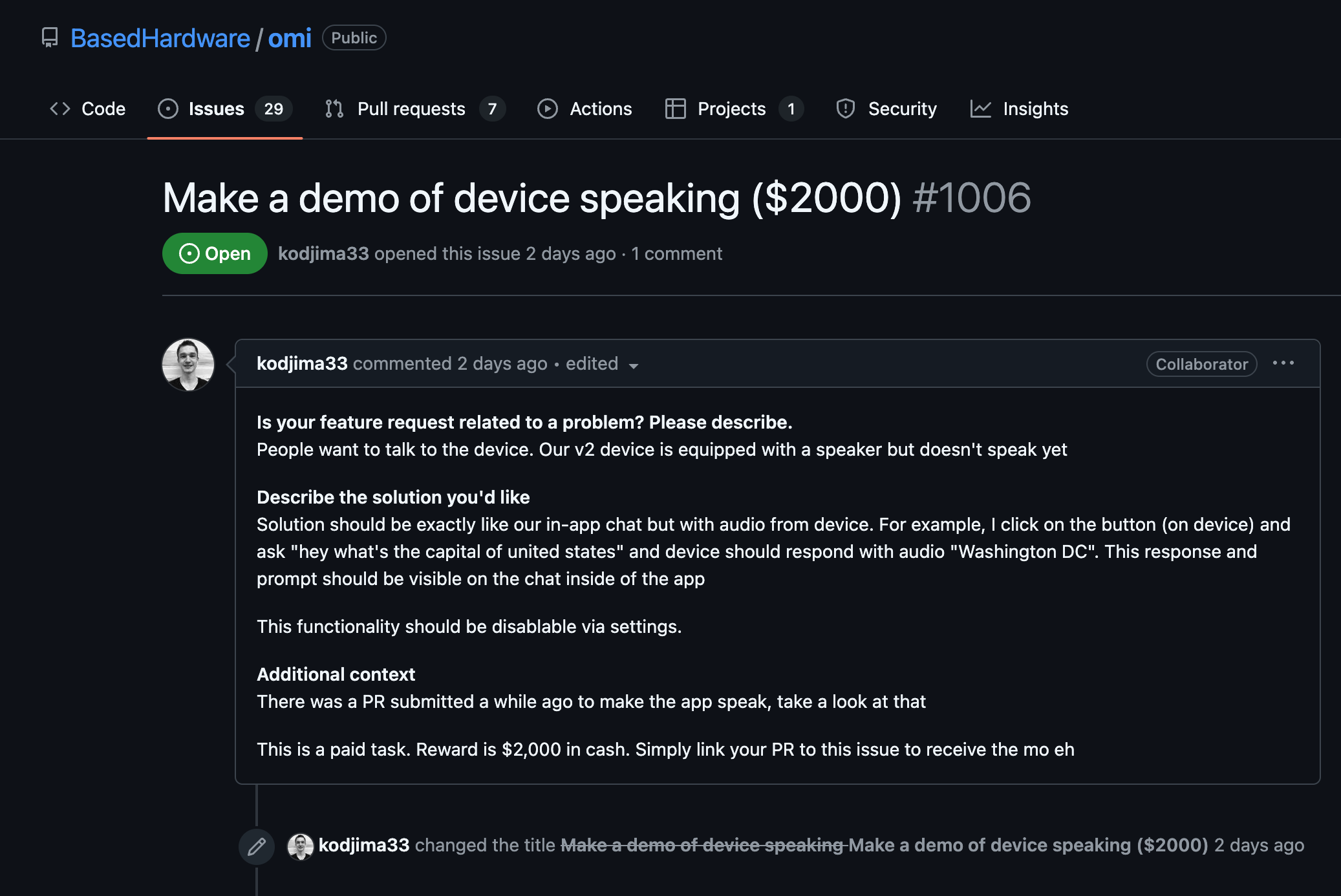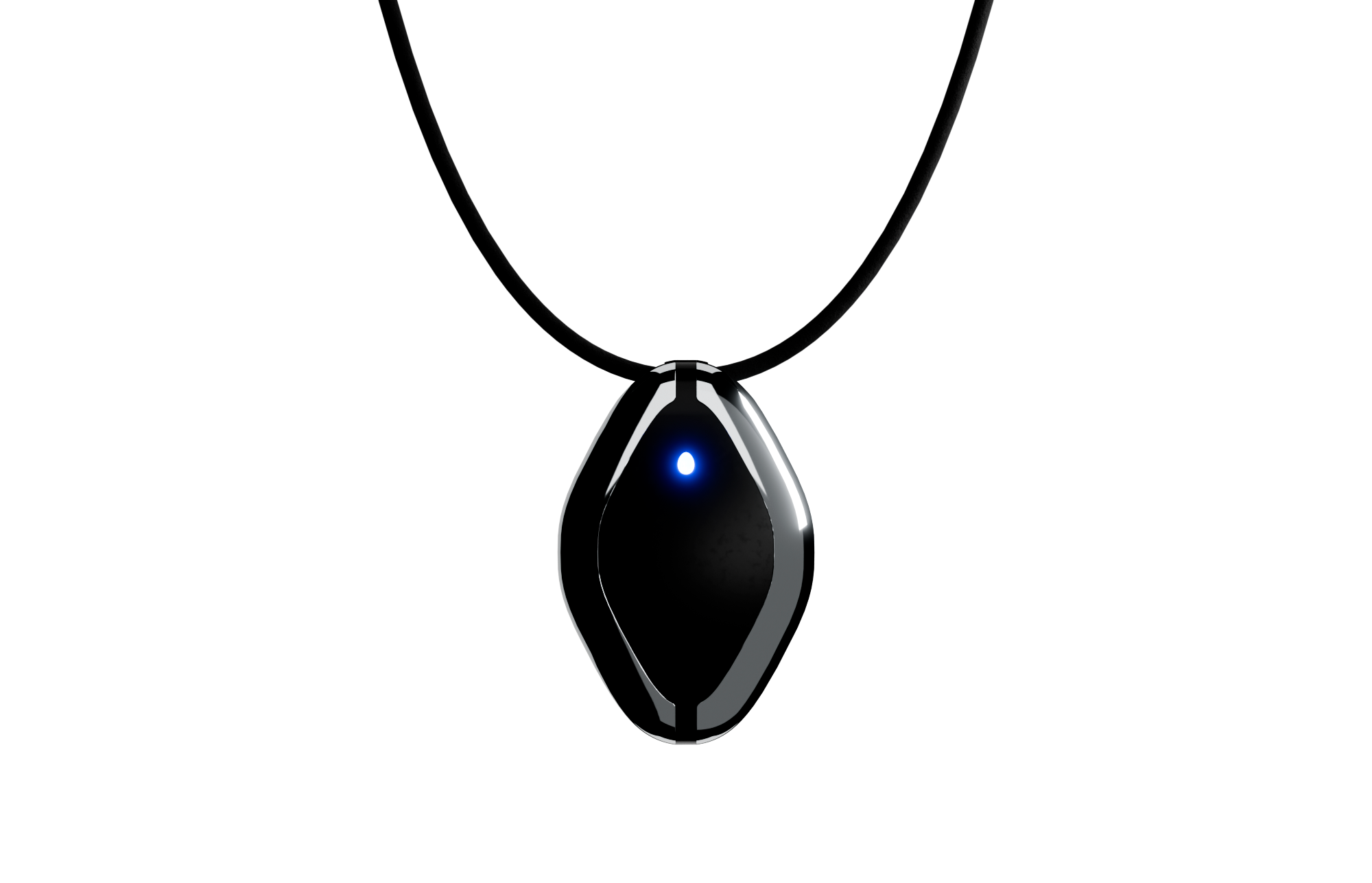Concept of Modular Firmware
- Modular firmware involves dividing the firmware system into separate, interchangeable modules focusing on specific functions. This design promotes reusability, improves maintainability, and enhances readability.
- Each module should represent a distinct subsystem like communication, sensor data processing, or power management. Define clear interfaces to facilitate interaction between modules.
Designing Modular Components
- To ensure modularity, establish well-defined data structures and APIs before development begins. This helps in creating interfaces that are standardized and expected by all firmware components using these modules.
- Use design patterns such as Model-View-Controller (MVC) which separate data processing, data representation, and user interaction. While MVC is common in software for interfaces, its adaptation in firmware also adds clarity.
Implementing Interface Abstraction
- Create interface definitions using abstract classes or interfaces. This allows modules to interact without requiring explicit knowledge of each module's implementation details. For example, a sensor module could have an interface like below.
typedef struct SensorInterface {
void (*initialize)(void);
int (*read)(void);
void (*shutdown)(void);
} SensorInterface;
- Implement the interface in the sensor module, enabling interchangeable sensor handling without modifying the core application logic.
Ensure Loose Coupling
- Loose coupling between modules is vital. It can be achieved using communication protocols such as SPI, I2C, or a simple message-passing system to allow for modules to operate independently.
- Each module can be seen as a standalone service with its communication endpoint. This may involve hardware interrupts, dedicated communication buffers, or event systems.
Version Management and API Versioning
- Implement a versioning system for APIs of each module. This ensures backward compatibility, allowing incremental updates to individual modules without affecting the whole system.
- Use semantic versioning for modules, e.g., 1.0.0, to indicate major, minor, and patch changes. This practice helps track changes and maintains stability across firmware releases.
Building Reusable Components
- Develop each module with reusability in mind. Design them such that they can be easily imported and reused in various projects without substantial modification.
- Maintain minimalistic and clear documentation for each module to assist developers in understanding module capabilities and limitations swiftly.
Testing Modular Components
- Each module should have its own test suite. Unit testing is particularly beneficial here, allowing testing of independent functions thoroughly.
- Ensure integration tests cover module interactions to verify that composed systems function correctly. Consider arranging automated tests as part of the build process.
Example of a Modular Approach in C
typedef struct {
void (*processData)(void);
} DataProcessorModule;
void processData() {
// Logic to process data
}
DataProcessorModule dataProcessor = {
.processData = processData
};
int main() {
dataProcessor.processData();
return 0;
}
Conclusion and Best Practices
- Strive for high cohesion within modules and low coupling across modules. This ensures each component is self-contained and that changes are less likely to affect other parts of the firmware.
- Document the interaction process between distinct modules. Supply diagrams or flowcharts when possible, clarifying interaction sequences and data flow.
- Tools like Doxygen can be used for generating documentation directly from source code comments, aiding in maintaining up-to-date documentation.
The approach outlined above establishes a robust framework for creating component-based firmware systems, ultimately enhancing their adaptability to new requirements or platforms with minimal redevelopment.
